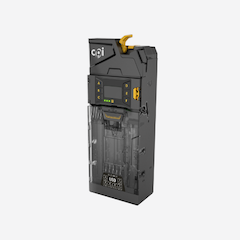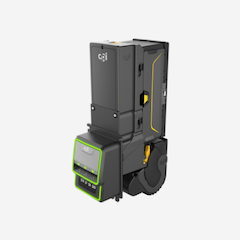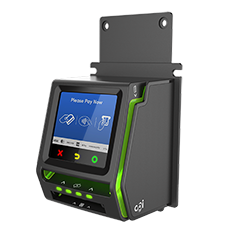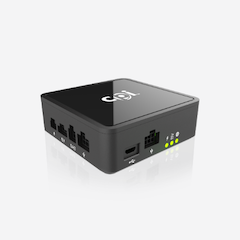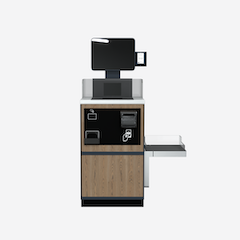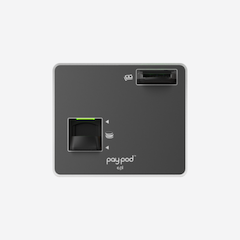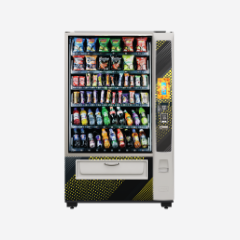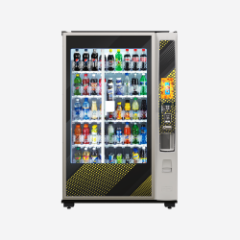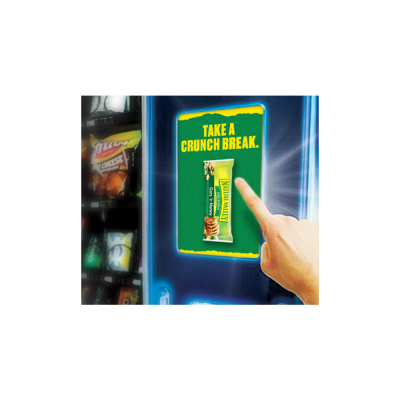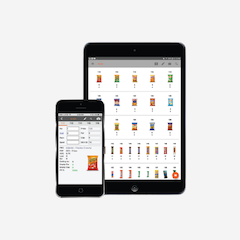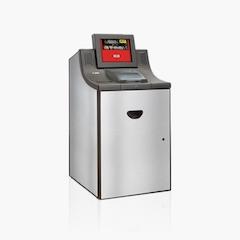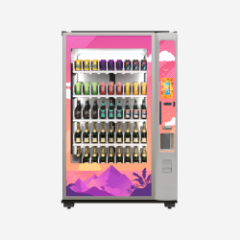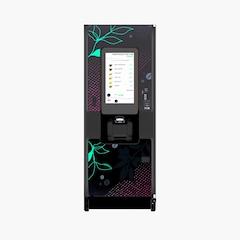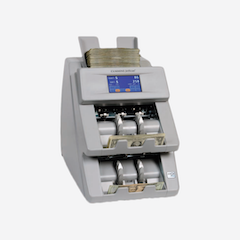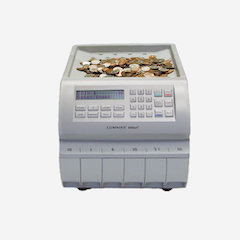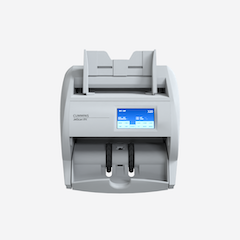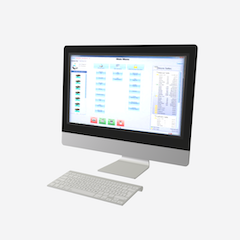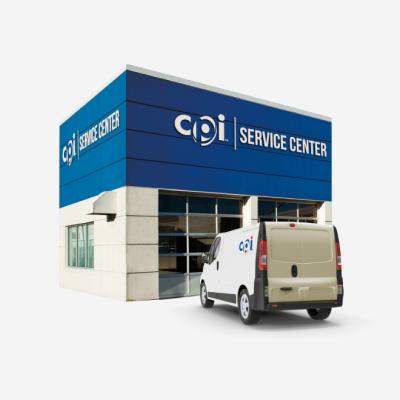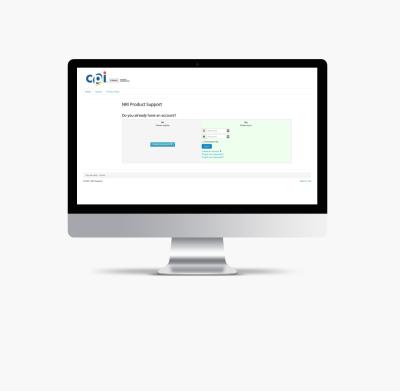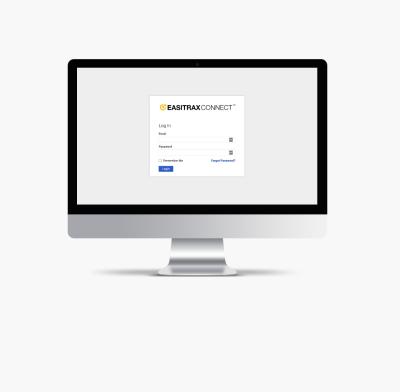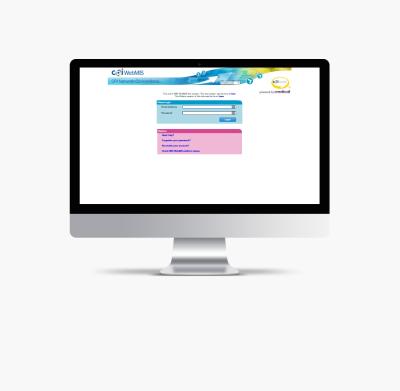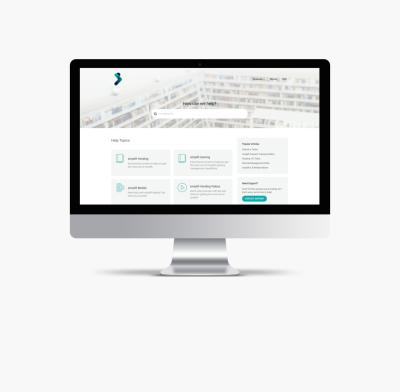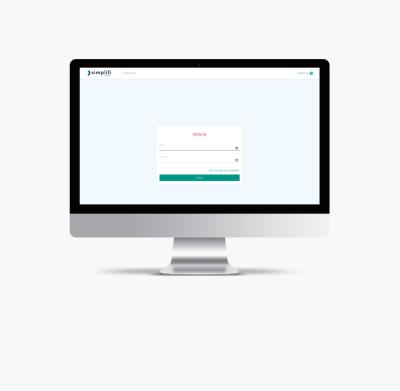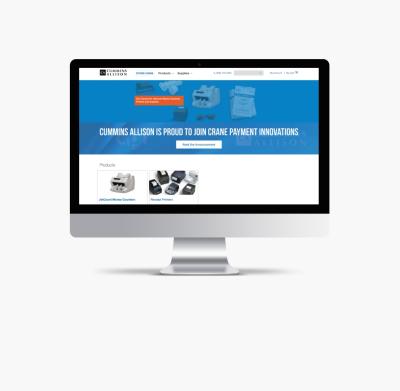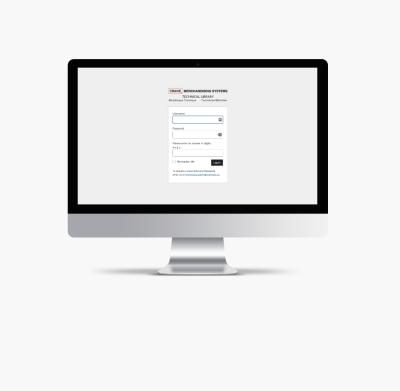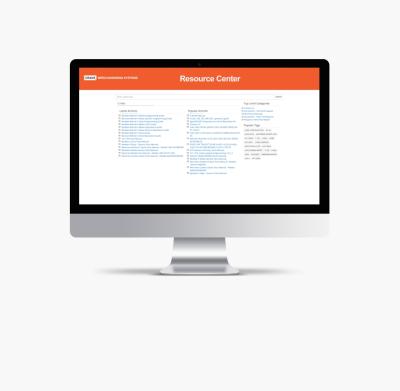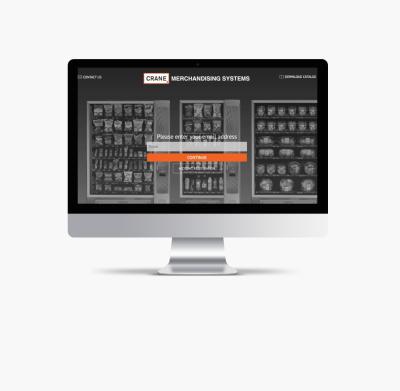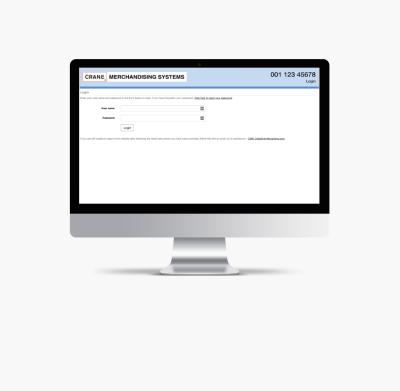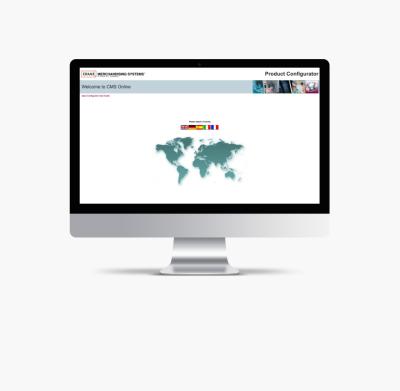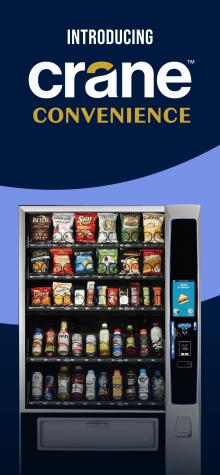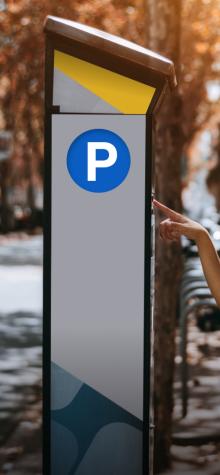The retail industry at large faces a pervasive issue: labor shortages. For retailers, this isn't merely a trend, but a pressing reality that demands innovative solutions. Traditional checkout operations with human cashiers, once a cornerstone of retail, are now strained under the weight of these shortages. Luckily, self-checkout has proved to be an effective solution for labor shortage issues.
Self-checkout wasn't merely a stopgap when it debuted, but a burgeoning component of the retail experience. Fast forward to today, 66% of grocery shoppers prefer using self-checkout over attended lanes. It's a paradigm shift that not only placates consumer desire for convenience but offers a reprieve for beleaguered retailers struggling with staff shortages.
Adapting to the Inevitable: Labor Management in the Digital Age
Self-checkout presents itself as a simple solution to labor shortages, but its efficacy hinges on proactive integration and thoughtful labor redeployment. Adapting to the digital age demands not just the adoption of technology but the harnessing of its full potential. Retailers must pivot their labor strategies to align with evolving consumer and operational needs. Self-checkout, when integrated holistically, augments the workforce, preserves jobs, and propels retail into an era of unprecedented customer engagement.
The Strategic Redeployment of Labor
As retailers grapple with the reality of labor scarcity, the strategic redeployment of staff becomes a crucial exercise in resource optimization. Rather than simply managing cashier to customer ratios, retailers can strategically redistribute these workers to either staff the sales floor or focus on backend tasks such as stocking and inventory management. This intentional alignment of labor resources with customer needs enables retailers to navigate the labor landscape more efficiently while potentially enhancing their offerings in the process.
The Customer Experience and Revenue Boost
A well-staffed store not only allows for more comprehensive customer service but also drives revenue growth. Recent research has shown that engaging with a store associate increases the likelihood of a customer making a purchase by 43%. By allocating personnel to areas of high customer engagement, retailers can ensure that every customer interaction and sales opportunity is maximized. Furthermore, the meaningful interaction between customers and employees fosters a sense of brand loyalty that enhances the overall shopping experience and encourages repeat business. By strategically redeploying labor and prioritizing customer experience, retailers can optimize their resources, boost revenue, and foster lasting brand loyalty.
Seizing the Self-Checkout Moment
Self-checkout is not an immediate fix for all the labor-related woes that retailers face, but it is an undeniably potent tool in the kit to navigate these challenging times. By reimagining the role of labor through the lens of automation and enhanced customer experience, retailers can not only weather the storm but emerge more robust and responsive than ever before.
CPI is a One-Stop-Shop for Custom Self-Checkout
In an era where customization is not a luxury, but a necessity for survival in the retail industry, Crane Payment Innovations (CPI) emerges as the one-stop-shop for custom self-checkout solutions. Our comprehensive approach to self-checkout systems includes the development of solutions tailored to each retailer's specific operational framework. But even after installation, our commitment doesn't end; our global servicing network stands by, ready to ensure minimal operational disruption.
Opting for a CPI custom self-checkout solution isn't just choosing technology; it's anchoring your retail operations in a strategic foresight that prioritizes adaptability, consumer satisfaction, and long-term resilience in an industry characterized by perpetual evolution.

